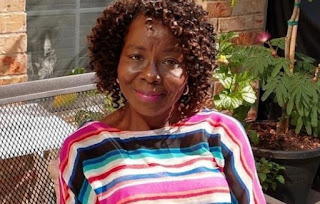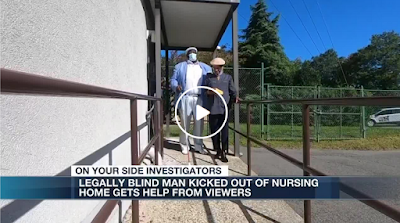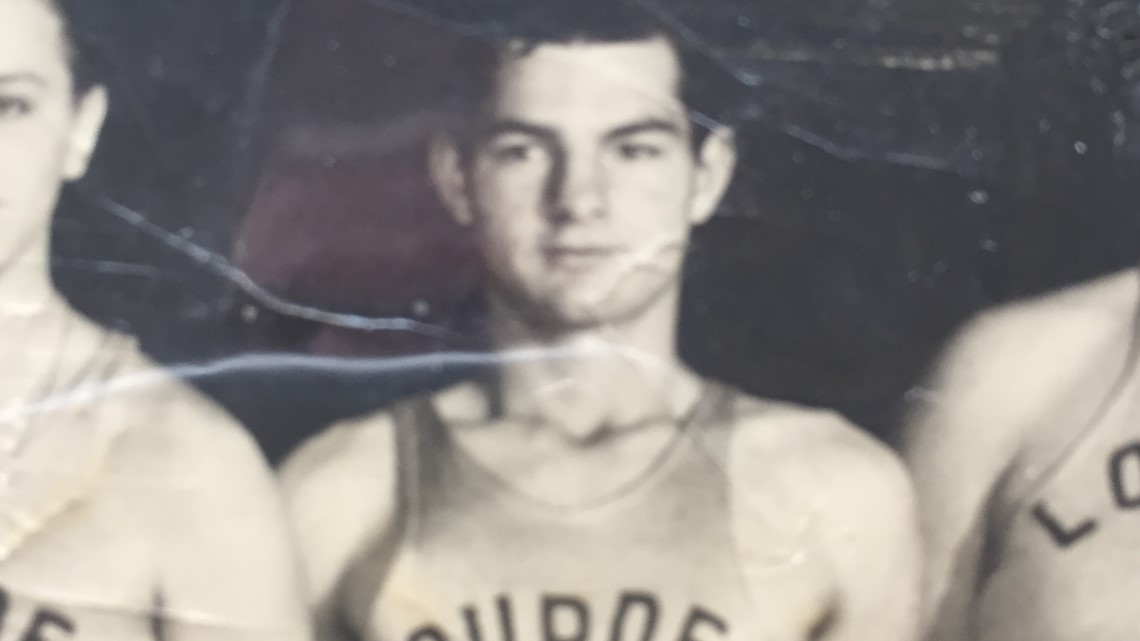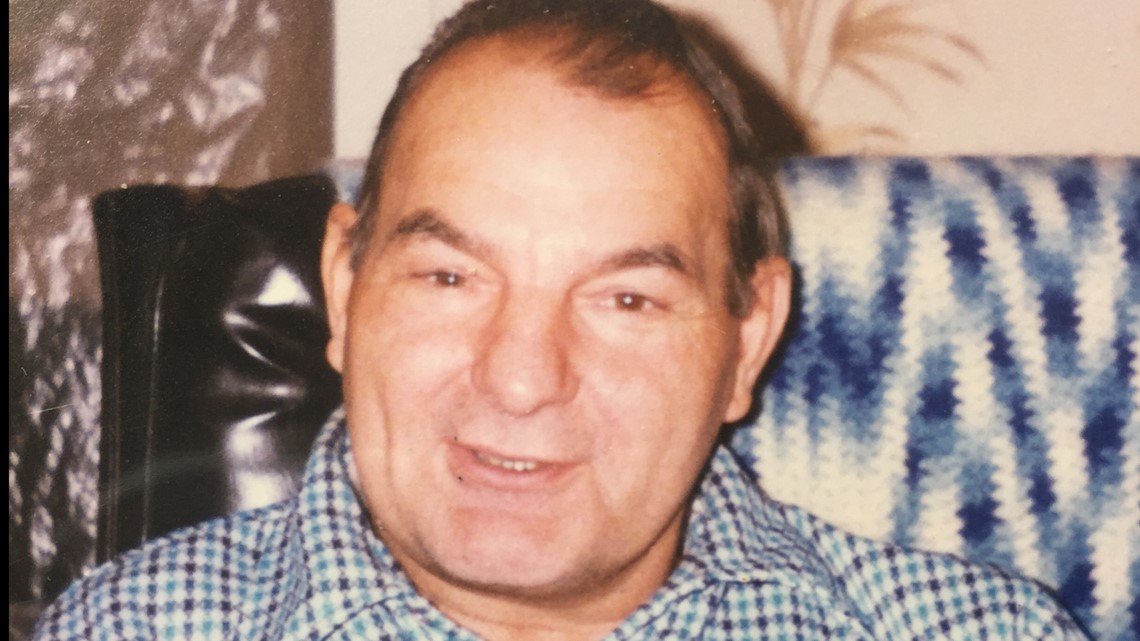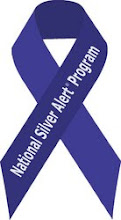At age 42, James Reilly has lived in a nursing facility for seven
years because of a worsening seizure disorder that struck when he was
born. Betsy and Tom Reilly have been by their son’s side each day,
gently exercising his limbs, monitoring his oxygen, and being James’
“extra set of eyes” since he cannot speak for himself. But a visitation
ban abruptly begun in mid-March due to COVID-19 has left the Valley
Center, California, couple shut out for seven months and sleepless with
worry.
The Reillys are not alone in enduring this long separation. A
patchwork of lockdown policies, even within states, also has blocked
many other families across the country from reuniting with loved ones in
nursing homes and other care facilities. With depleted patience, more
than 13,000 of them have banded together in a Facebook group, wanting access as essential family caregivers who routinely deliver hands-on care.
The continued isolation of these fragile residents is triggering
alarm among advocates that yet another crisis looms. It is among many
key concerns to have emerged as the deadly virus ravaged nursing homes
throughout the United States, alongside such issues as lack of
sufficient personal protective equipment and testing, and state policies
mandating or incentivizing nursing facilities to accept
COVID-19-positive patients.
But these latest troubles are merely symptomatic of a broader
constellation of nursing home issues that predate the pandemic. COVID-19
pulled back the curtain on longstanding cracks in the entire long-term
care system, exposing deep flaws in the way we care for our country’s
most vulnerable people.
Ailing Delivery System, Nursing Home Default
Those of us who have experienced the anguish of navigating the US
health care maze with our loved ones during their prolonged illnesses
learned that the delivery system itself is ailing. The insurmountable
obstacles we typically face include a lack of care continuity and
coordination in a siloed medical world and systemic coverage bias
favoring institutions rather than home.
In our quick-fix, outcome-driven culture, we also have discovered
that prejudice against disabled people in word and deed is not
uncommon—even among some members of the medical community who insert
their own views about our loved ones’ “quality of life,” a subjective
gauge used as the calculus of their worth.
As patients leave the hospital sooner and sicker than ever, such
myopic narratives weigh heavily against those who are slow or enigmatic
in their healing. Hospital discharge planners’ overriding goal is
finding an empty bed, and screeners from quality acute-care
rehabilitation programs have standards so tough, it’s nearly impossible
to make the cut.
“You’ve got to have a really clear diagnosis and a very good
prognosis,” says Jerry Parrotta, a home-care physical therapist with
York Hospital Homecare in York, Maine, who has worked in various health
care settings.
The default for most people with prolonged illness is a nursing home.
Our fruitless struggles for alternatives have convinced us family
caregivers that “patient-centered care” is meaningless health-speak
meant to have us believe there is choice. The outlook often is bleak,
with our loved ones falling victim to nursing facilities’ persistent
challenges such as understaffing and infection control that have been
exacerbated by the COVID-19 pandemic.
With the visitation bans, many are without critical family supports
that had helped them to eat, drink, and get out of bed, says Robyn
Grant, director of public policy and advocacy at The National Consumer Voice for Quality Long-Term Care.
Relatives able to visit virtually with residents, as well as long-term
care ombudsmen, have reported signs of physical decline, such as
significant weight loss, and one woman was hospitalized several times
for dehydration, she says.
Younger Population, Outdated Assumptions
The problem is that nursing homes still operate on antiquated
assumptions made decades ago about the complexity of care their
residents require. Previously, older adults populated nursing homes
primarily for custodial care and needed little in the way of medical
intervention. Scientific advances have introduced treatments for
illnesses that previously were synonymous with death but now can be
managed with medicine and therapies. As a result, those who wind up in
nursing homes—many after typically brief hospital stays—are
extraordinarily frail, with multiple underlying conditions that demand
elaborate medication regimens, says Christopher E. Laxton, executive
director of AMDA—The Society for Post-Acute and Long-Term Care Medicine.
And there is a notable rise in young patients bringing unique
challenges. They are disabled by neurological disorders, trauma, or drug
abuse. And like James Reilly, many have myriad afflictions from birth.
According to Laxton, younger adults are estimated to be the
fastest-growing subpopulation in post-acute and long-term care,
increasing to 16.5 percent in 2016.
But the nursing home model has not adapted to this significantly more fragile group.
“You’ve essentially turned the nursing home into a step-down unit of
a hospital without staffing it adequately,” Laxton says. “Really in the
end, the major factor in good infection control is adequate staff, and
staff who are dedicated to a wing or floor.”
No Federally Mandated Staffing Ratios; Studies On RN Levels, COVID-19
But despite this crying need, there are no federally mandated staffing
ratios for nursing homes. Most certified nursing assistants care for
about 15 patients per shift, and staff nurses supervise two to three of
those assistants, Laxton says, but staff nurses also administer
medication and assume other critical duties for those 30 to 45 patients.
He characterized that staff-to-patient ratio as “ridiculous” when
compared to hospitals, where intensive care unit nurses work with
fragile patients in ratios of one to one or one to two.
A recent study of Connecticut nursing homes found higher registered nurse staffing was associated with lower incidence of COVID-19 cases and deaths. Another study
of California nursing homes found that facilities with total registered
nurse staffing levels under a recommended minimum standard of 0.75
hours per resident day had a two times greater probability of having
COVID-19 resident infections. But 80 percent of the state’s nursing
homes didn’t meet that standard.
Infection control challenges were prevalent even before the current
pandemic, but with weak consequences for shortcomings. According to a Government Accountability Office report
issued in May, 82 percent of more than 13,000 nursing homes surveyed
had an infection prevention and control deficiency cited in one or more
years from 2013 to 2017. But the Office’s review of federal data shows
that “implemented enforcement actions for these deficiencies were
typically rare.”
Cracks In Home And Community Care
Amid all this, the path to accessing quality care that could
forestall the move to a nursing facility is packed with impediments.
Home care, for the most part, is structured for short-term use. “They
want to cut it off as soon as we get in there,” says Parrotta, the Maine
physical therapist.
Adult day health programs—a vital community lifeline that provides
social and medical support while offering families respite—don’t fare
much better. Interest is high, but running them is challenging, says
Lance Roberts, associate director of the National Adult Day Services
Association in Fairfax, Virginia. That is due to inconsistent Medicaid
reimbursement, which varies from state to state, and the difficulty
attracting private-pay clients.
These systemic cracks are becoming even more pronounced as an
unprecedented 78 million baby boomers age into an array of complex
conditions, an imminent crisis with no policy framework for meeting
their anticipated needs. Boomers have fewer or no children and are more
likely to be divorced than in previous generations, so their pool of
family caregivers is smaller.
Toward A Disruptive Model Of Long-Term Care
Among the many painful lessons COVID-19 has inflicted is this: Our
approach to caring for the vulnerable among us has failed, with nursing
home residents disproportionately stricken. It’s time to abandon our
deeply entrenched and outdated views of long-term care in favor of a
disruptive model that invests more heavily in quality home and community
services such as leading-edge adult day health programs, each with
rigorous standards.
This will require a shift in funding that traditionally has skewed
toward large institutional settings with shared rooms, which COVID-19
demonstrated just don’t work, says Tony Chicotel, staff attorney for
California Advocates for Nursing Home Reform. For those with medical
challenges too complex for viable home solutions, nursing care
restructuring is in order.
Advocates, including Chicotel, say innovative arrangements such as The Green House Project, can serve as models. The organization, which cares for fewer residents in home-like settings, claims
95 percent of its homes licensed for skilled nursing were COVID-19-free
as of June. In these types of surroundings, Chicotel notes, “it’s
easier to know every resident’s story, to know what works for them,”
enabling more individualized care. And a smaller-scale
environment—absent the long corridors and massive dining halls—coupled
with consistent staff assignments also reduces exposure points,
translating into fewer vectors for any virus, he adds.
Such a giant pivot hinges on a broad commitment to enhancing the care
of our growing disabled community while also supporting their
caregivers, paid and unpaid. It calls for entrepreneurial ingenuity, and
it will take strong political will regarding care-coverage options and
the creation of and adherence to authentic quality standards.
Families currently embedded in long-term care, such as the Reillys,
don’t have the luxury of time that such transformation demands. But
galvanizing now will ease the way for countless others who likewise will
struggle with sickness, as well as their families who will shepherd
them through life’s most difficult passage.




